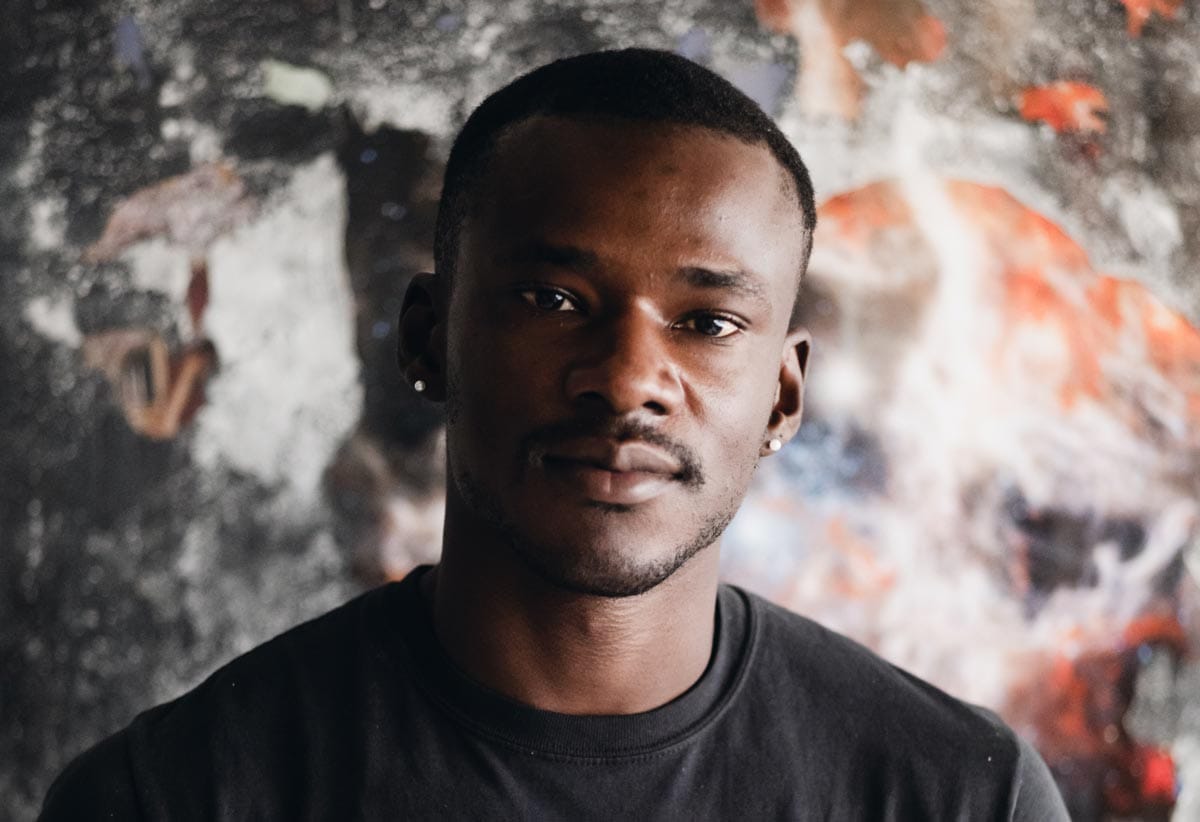
Born in Haiti and raised in the Bahamas, Jeffrey Meris’s journey and immigration story is part of his identity as an artist. It helped shape his understanding of displacement, belonging, and the broader global context in which his art exists. His experience gave him a unique perspective on diaspora challenges, inspiring an interest in collective liberation and healing.
In his artwork, Meris explores ecology, embodiment, and various lived experiences, while healing deeply personal and historical wounds. For his work, Meris is honored with the Vilcek Prize for Creative Promise in Visual Arts.
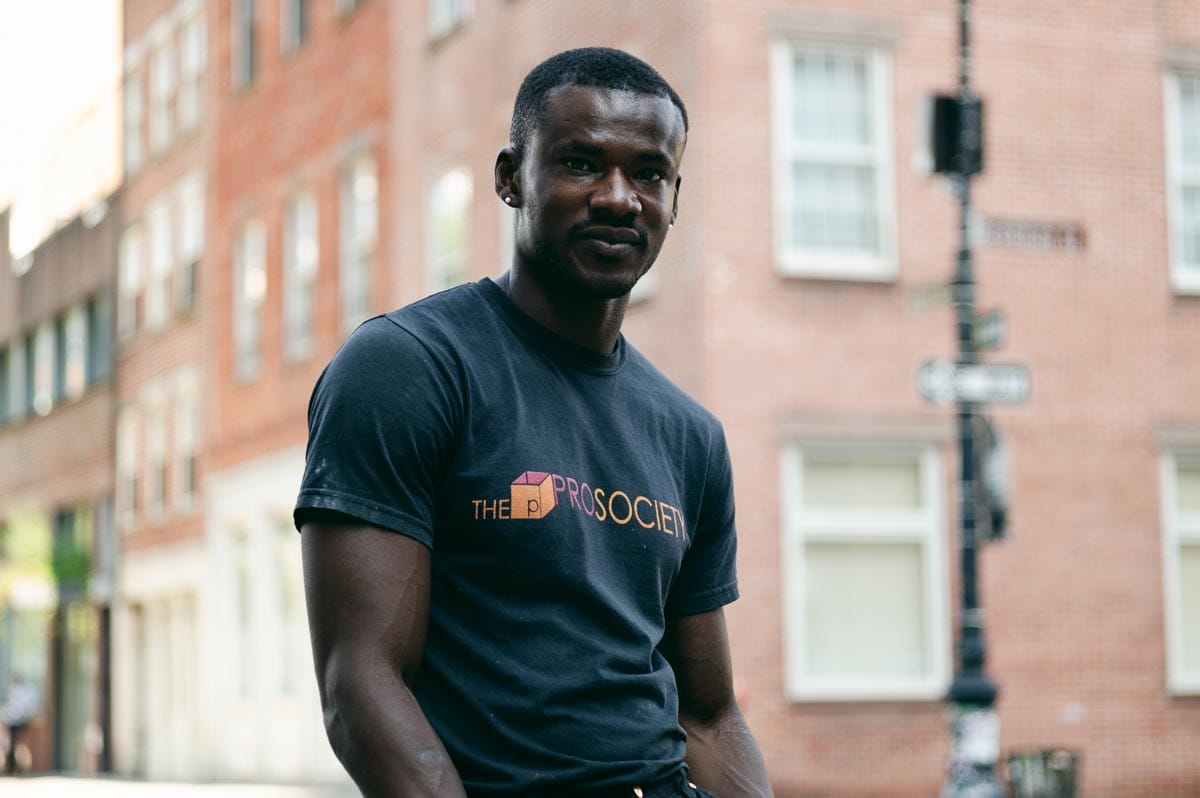
A History Rooted in Fighting for Freedom
Growing up in the Bahamas, Meris constantly felt like a foreigner in his own home. But in celebrating Junkanoo—a Caribbean festival all about freedom, pride, and artistic expression—he felt a sense of belonging and connection. At its core, Junkanoo is a revolutionary and creative protest against former colonial masters, slaveholders and Bay Street merchants that takes the form of parades and dances. In the Bahamas, Junkanoo is celebrated in July, commemorating the Commonwealth of the Bahamas’ Independence on July 10, 1973.
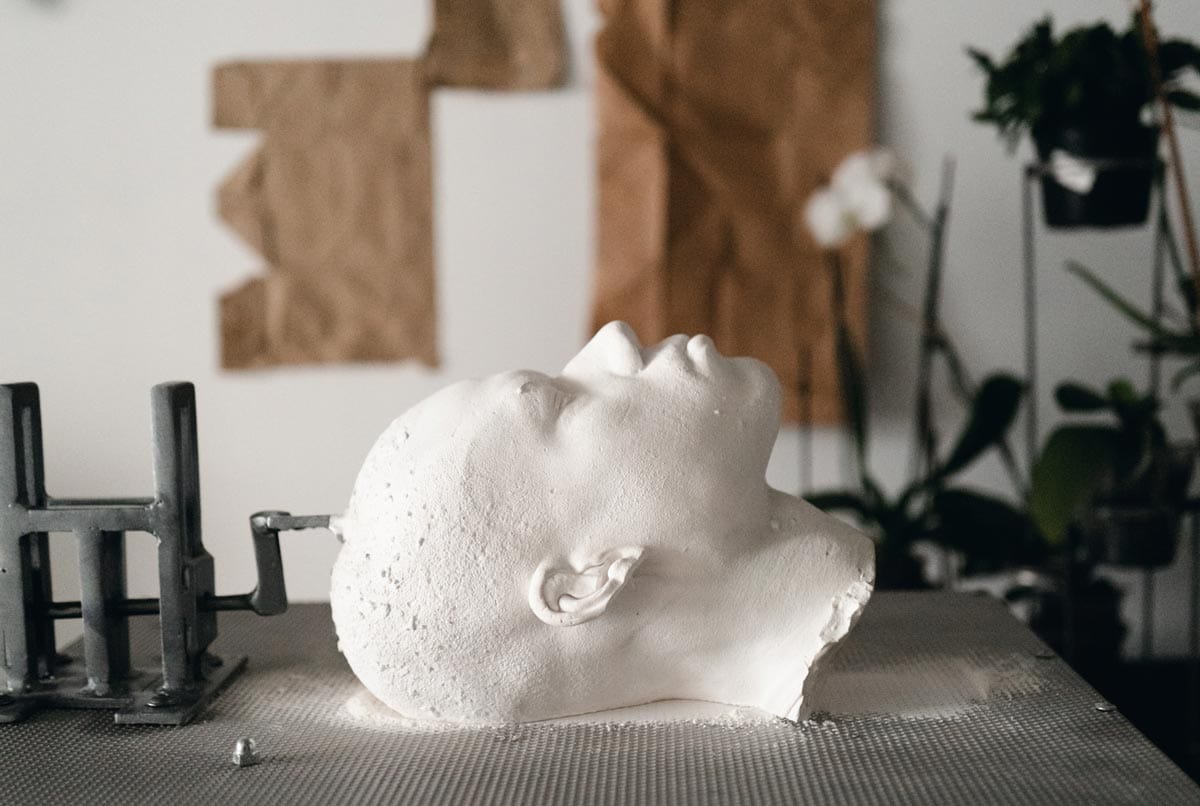
Working out of what Bahamanians call a “Junkanoo shack,” Meris designed costumes for the annual parade in Nassau. During his senior year of high school, he realized that through this tradition he was creating art as his ancestors had understood it. Now, Meris clearly sees the connections between his early days crafting costumes and his artwork rooted in healing and liberation.
For Meris, his migration experience highlighted the need for collective freedom, and also allowed him to see a path forward: uniting together. “The regional cultural wars that tend to exist in the Caribbean are futile and if we truly want to be free, we have to work together,” Meris says.
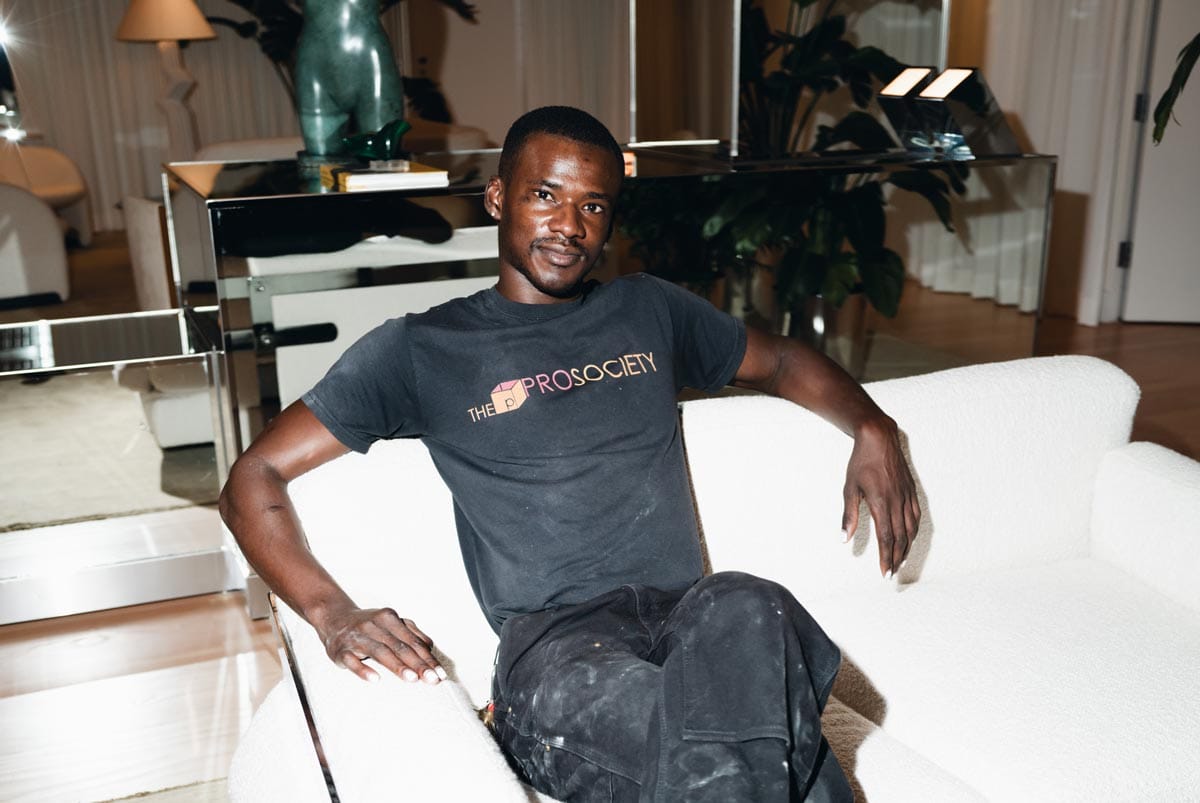
This idea of liberation for all is woven throughout Meris’s work. He strives to connect the challenges, aspirations, and freedoms of people from the African Diaspora around the world. In doing so, Meris hopes to propel the shared diasporic narrative beyond history, trauma, and colonial violence. “There is no single way of being Black while being gendered, or sexualized, or embodied or able-bodied,” Meris says. And while creating new pieces, he always thinks: How can his work advance negritude into a Black-centered intersectional future?

Meris’s Artistic Approach: The Multiverse of Sculpture
When it comes to selecting materials for his pieces, longevity is important. Meris develops relationships with the objects he uses, shifting the inherent power they carry. He creates large-scale pieces that reorient the viewer’s relationship with everyday objects, transforming the ways in which we experience them. Meris believes his work exists in the “multiverse of sculpture” where different mediums and methodologies intersect, often with ready-made objects.
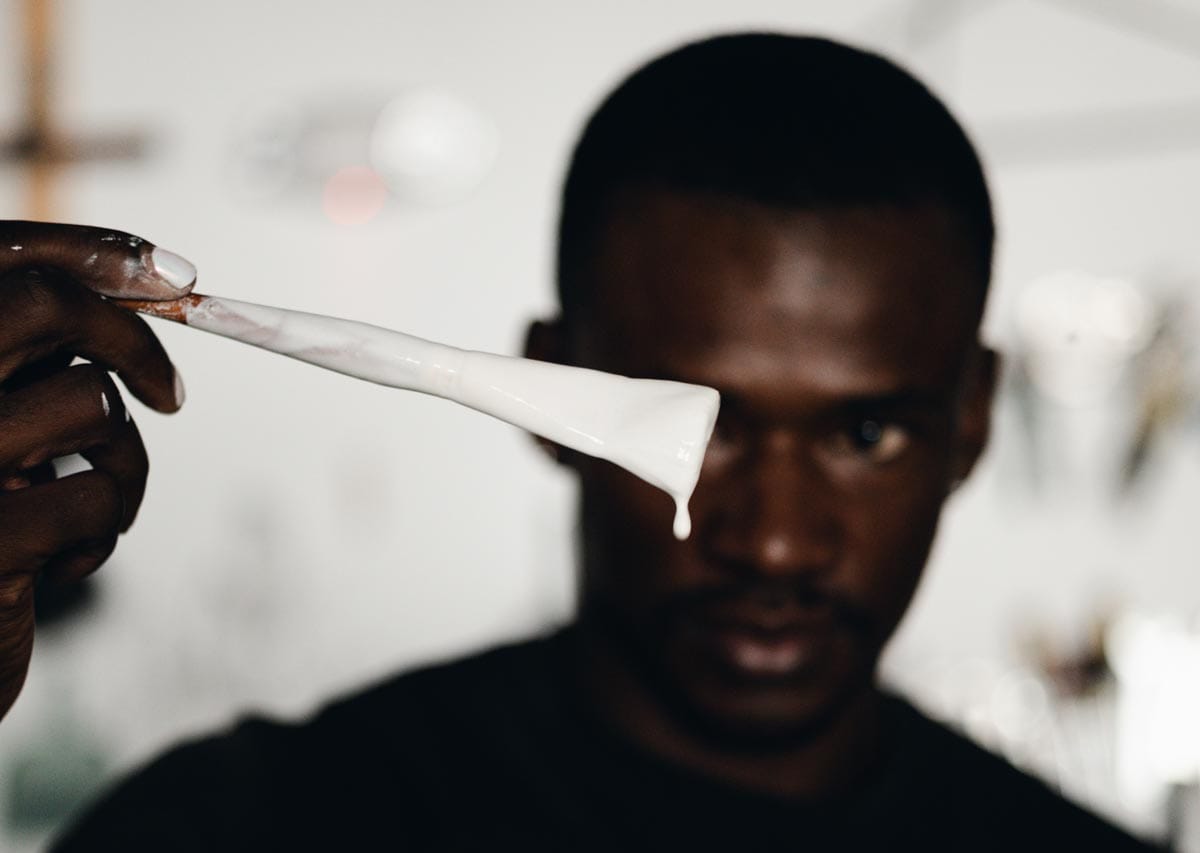

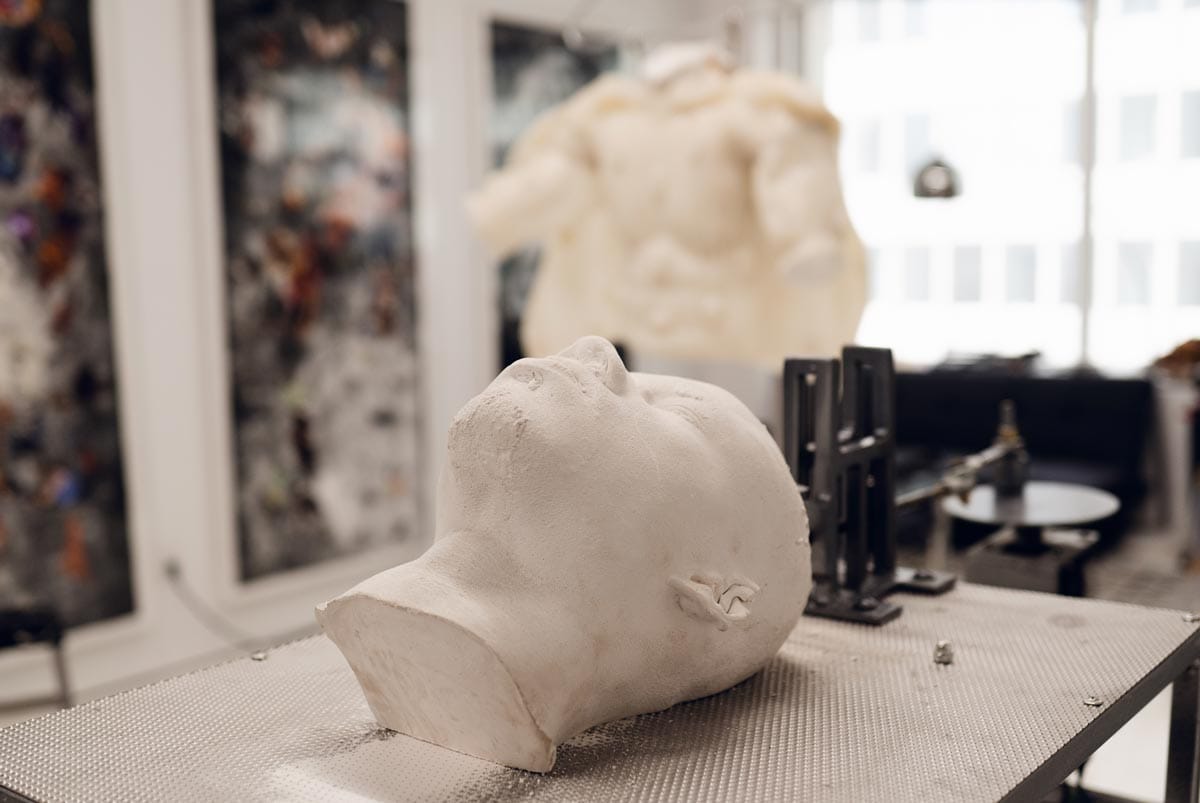





Though it can sound very complicated, each of Meris’s works begins with a sketch, a drawing, or a maquette. During this phase, he worries less about the meaning or the content but instead tries to let the objects speak to him. If the installation or sketch feels provocative or compelling, he then attempts it at a bigger scale.
In the end, Meris’s art is a powerful fusion of personal experience, cultural heritage, and collective history. His journey as a queer Caribbean immigrant deeply informs his work, exploring themes of liberation and healing. By blending materials and techniques, Meris challenges viewers to rethink their relationship with the world around them. His sculptures and installations reflect his commitment to transforming ordinary objects into tools for storytelling and healing. Meris continues to inspire through his innovative and deeply personal work.
Related News
Vilcek Foundation Awards $250,000 to Immigrant Artists

A Journey Through Grief: Selva Aparicio and the Art of Death
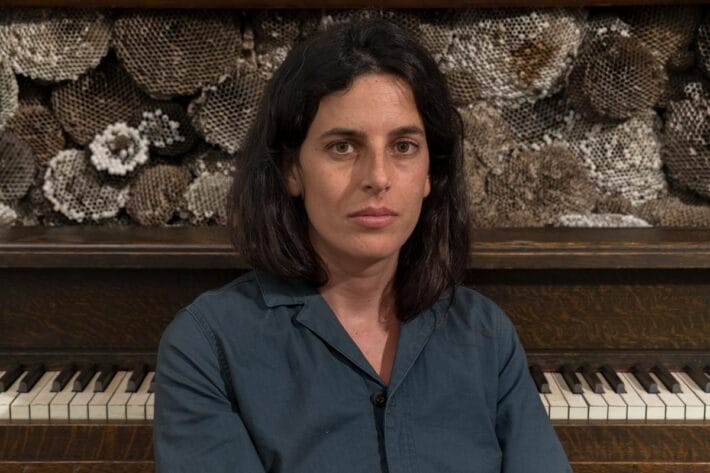
Border Crossings: ¡Mexican! American! by Sergio Tapia
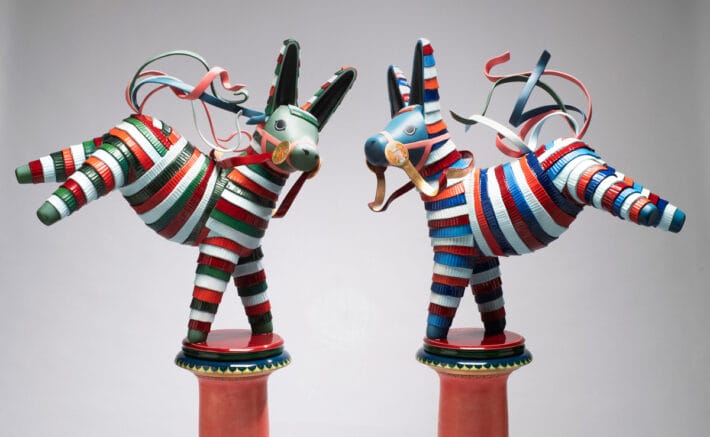
You may also be interested in
Jeffrey Meris
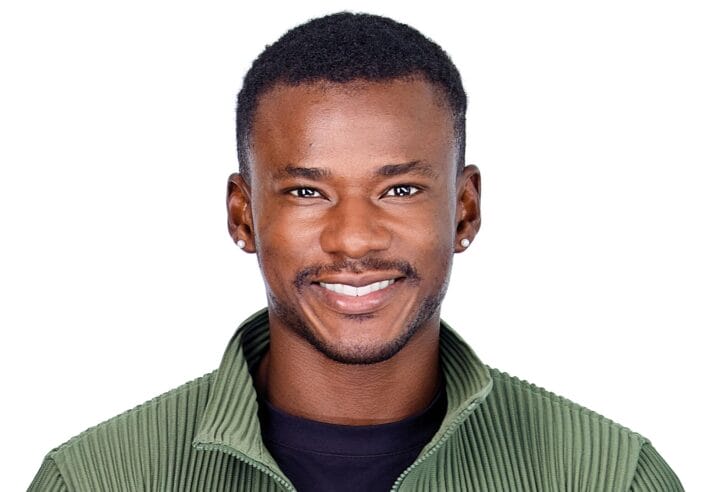
Honolulu Museum of Art (HoMA)

Selva Aparicio
